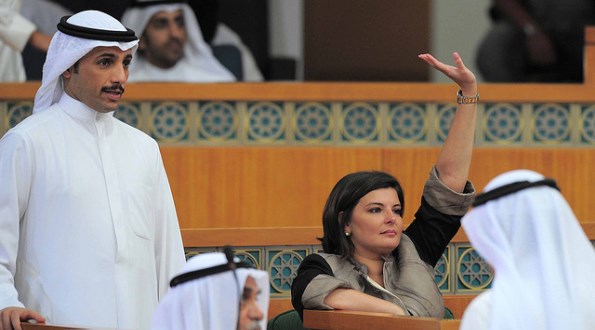BECOME A MEMBER
>JOIN
Women In Power: Where In The World Do Women Hold The Most Seats In Parliament?

The U.S.' most likely candidate for Federal Reserve Bank chairman, Janet Yellen; Germany's chancellor Angela Merkel; and the International Monetery Fund's chief Christine Lagarde comprise a trifecta of women holding the pursestrings on the Western world's biggest economies.
While they wield tremendous power over some of the world's most powerful economies, their colleagues still lag when it comes to welding political influence. The United States and most European countries have a smaller proportion of women in government than the world average, according to data from the World Bank.
At last calculation, women held the largest proportion of parliament seats in Latin American and Caribbean governments (25.5%) in 2012, followed by sub-Saharan African nations (21.5%).
With only 18 percent of congressional seats held by women, the United States fell below the world average of 20.8 percent.
Rwanda, a tiny country in south-central Africa, is the country with the highest proportion of women in parliament -- more than 56 percent of seats are held by women. Andorra (50 percent), Cuba (45.2 percent), Sweden (44.7 percent) and Seychelles (43.8 percent) round out the top five nations with the most women in parliament.
Saudi Arabia, Qatar, Vanuatu, Palau and Micronesia are all on the opposite end of the spectrum, with not a single woman in parliament.
Originally published by the International Business Times.
Photo by Kuwait-Ra'ed Qutena.

